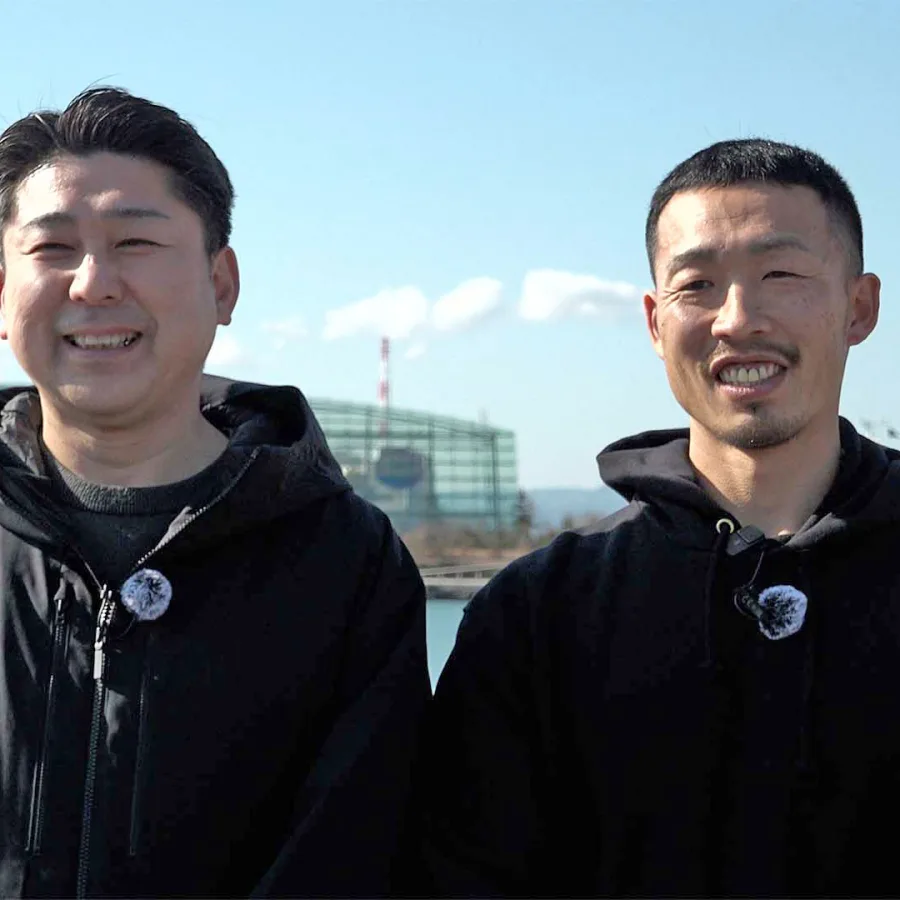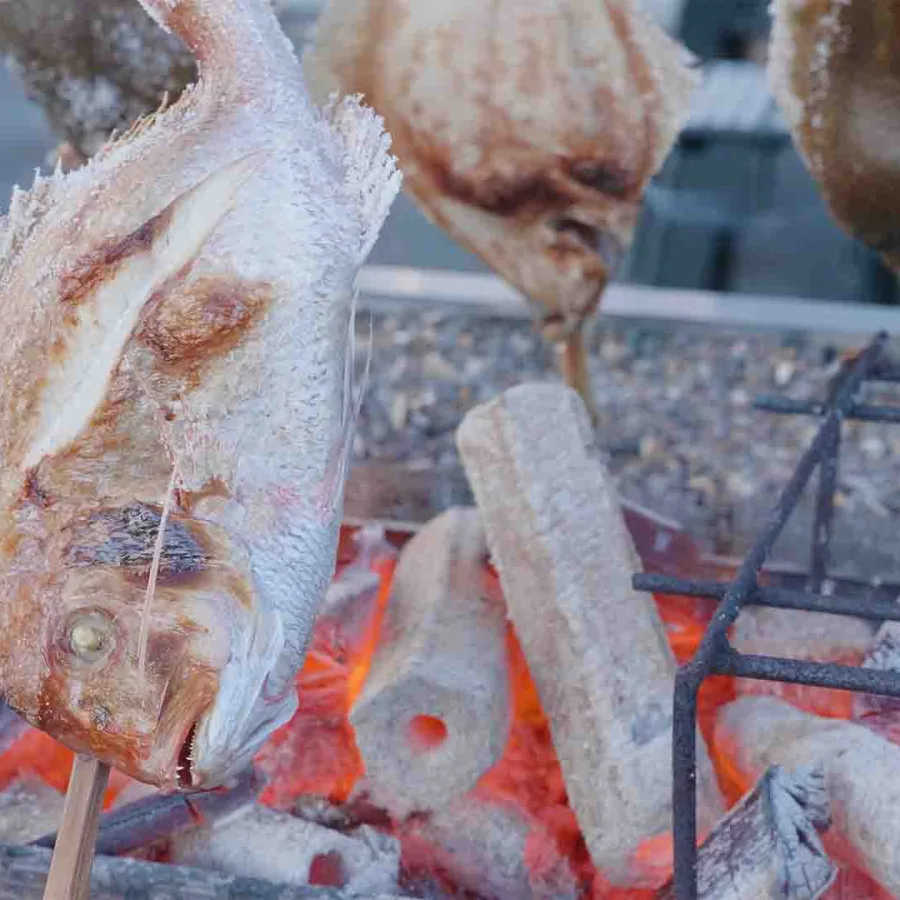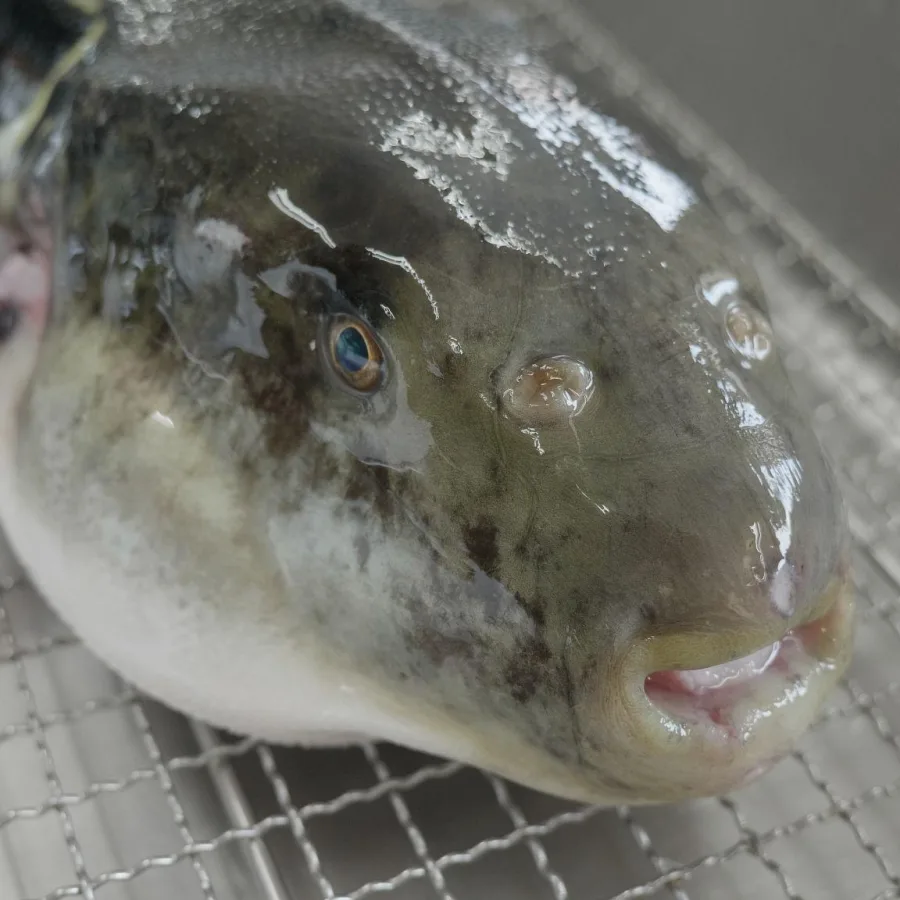What makes “Joban-mono” seafood attractive from the perspective of a fish professional?



















Here, you can find information about delicious dishes made from Fukushima’s “Oi Seafood,” shops that offer fresh fish from the ocean around Fukushima, and much more about the appeal of Fukushima’s “Oi Seafood!”






Fish caught in the sea off Fukushima undergo thorough inspections before reaching consumers. In addition to the inspections conducted by Fukushima Prefecture, the fish that reach your table also undergo voluntary inspections carried out by fisheries cooperatives, ensuring their safety and reliability. Various types of fish are caught in the sea off Fukushima, and regardless of the type, all fish are checked and shipped under the same inspection system. Various initiatives, not generally known to the public, support the delicious “Oi SeaFood” of Fukushima.
◎ Official inspections to confirm food safety
◎ Weekly inspections (around 150 samples/week)
◎ Lifting of shipping restrictions
◎ Selection of species to be caught

◎ Voluntary inspections for safe consumption
◎ Conducted at each market on each landing day
◎ If levels exceed 25 Bq/kg, precise inspections are carried out by prefectural research institutions (Marine and Fisheries Research Center, Research Institute of Fisheries Resources)


Samples are taken on all landing days, with at least one sample per fish species. Surface dirt is removed, and the samples are processed according to the form in which they will be consumed. Depending on the characteristics of the inspection equipment, the samples are prepared as minced meat or fillets.

Inspections are conducted at the laboratory.
*The detection limit is 12.5 becquerels/kg or less (one-fourth of the voluntary standard value of 50 becquerels/kg)

An inspection certificate and inspection results from Fukushima Fisheries Cooperative Association are attached for each fish species before shipment to consumer markets.

*If levels exceed 25 Bq/kg in voluntary inspections, precision inspections will be conducted by the prefectural research institutions.
“The Fukushima Prefectural Federation of Fisheries Cooperative Associations has set a voluntary standard of 50 Bq/kg for shipments.
This is to ensure that no seafood exceeding 100 Bq/kg (the national standard) is mistakenly shipped.”

The Fukushima Prefecture Marine and Fisheries Research Center is a research institute established in Onahama, Iwaki City, as the core institution for fisheries research in the prefecture and as a hub for pelagic fish resource research.




| Location | 13-2, Aza-Matsushita, Shimokajiro, Onahama, Iwaki City |
|---|---|
| Research facilities: | Radioactivity Research Building / (Radioactivity Measurement Room, Drying and Ashing Room, Food Component Analysis Room, etc.) General Research Building /(Resource Survey and Measurement Room, Marine Environmental Analysis Room, etc.) |
| Key research topics | ・Elucidation of migration of radioactive materials in the environment ・Research on marine environment/prediction of sea conditions and formation of fishing grounds ・Research on sea urchin/abalone fisheries and support for offshore fisheries ・Development of new technologies in collaboration with other fields and dissemination of findings |

Fukushima Prefectural Research Institute of Fisheries Resources is a research facility established in Soma City as a hub for aquaculture and bottom fish resource research.






| Location | 1-1-14, Koyo 1-chome, Soma City |
|---|---|
| Research facilities | Main Building /General research, facility management (fish measurements, radiation measurements, fish disease diagnostics, etc. monitoring panels) Fish Laboratory /8 x 20-ton tanks (broodstock rearing, fish seed production) Closed Recirculating Aquaculture Laboratory / Closed Environment Water Tank (Breeding test in a closed environment) Filtration Tank /1,200 tons per hour (seawater filtration) |
| Production capacity (number of fish/shellfish) | Flounder / 1 million Ayu / 3 million Abalone / 1 million |
| Key research topics | ・Research on seed production techniques for aquaculture target species ・Research on release techniques for aquaculture target species ・Research on the resources and resource management of coastal bottom fish ・Research on stabilizing the aquaculture in the Matsukawaura Lagoon |
Faced with the necessity to voluntarily suspend operations, "test operations" have been conducted by the Fukushima Fisheries Cooperative Association through small-scale fishing and sales to evaluate products at shipment destinations. However, as the following objectives of the test operations were achieved, it concluded the 'test operations' at the end of March 2021).
(1) Production and distribution systems, including those for fishing vessels, fishing ports, and production markets, have been restored to an extent.
(2) Almost all fishing methods used before the disaster are now operational.
(3) Fishing grounds off the coast of Fukushima, except for certain restricted areas, are available for use as they were before the disaster.
(4) A radioactive substance inspection system has been established, ensuring the safety of seafood from Fukushima Prefecture. Radioactive substances are now hardly detected, and products have earned a degree of recognition in markets.
Since April 2021, the association has been aiming to address the issues hindering the recovery of Fukushima Prefecture's fisheries industry to pre-disaster levels due to reputational damage and other effects of the nuclear accident. It will create a roadmap for resolving these issues by region and by type of fishery, while aiming to increase catch and distribution volumes.
To investigate the contamination of marine products due to the release of radioactive substances from TEPCO’s Fukushima Daiichi Nuclear Power Plant, the Fisheries Agency, in cooperation with related local governments and industry associations, is conducting sampling surveys of marine products at major ports in Fukushima Prefecture and neighboring prefectures.
Unit: Bq/kg

※Regarding CODEX, an intervention level of 1 mSv is adopted, assuming that up to 10% of all food comes from contaminated areas.
Regarding the EU, the level is set so that additional exposure dose does not exceed 1 mSv per year, assuming that 10% of the food consumed in a person’s lifetime is contaminated at the regulatory level.
Regarding the United States, a committed effective dose of 5 mSv is adopted, assuming that 30% of the food intake is contaminated.
What are radioactive substances?
These are substances that emit radiation.
Radioactive substances that continuously emit radiation are also found in nature, but not in large amounts. However, after the accident, many people were afraid to eat marine products because a lot of radiation can be harmful to health if it enters the body.
Radioactive substances gradually dissipate after emitting radiation. The time it takes for radiation to decrease to half the original amount is called the half-life. Most of the radioactive substances that entered the ocean due to the accident were iodine-131, cesium-134, and cesium-137. The half-life of iodine-131 is about 8 days, so it disappeared in a short period of time after the accident. However, because cesium-134 has a half-life of about 2 years, and cesium-137 has a half-life of about 30 years, they remained in the environment and living organisms.
How do you survey radioactive cesium in the ocean?
A research vessel is used to conduct the survey.
Seawater and soil from the seafloor (seabed soil) for measuring radioactive cesium are collected using special equipment on the research vessel.
Because the amount of radioactive cesium dissolved in seawater is very small, it is difficult to measure seawater directly. Therefore, the radioactive cesium dissolved in 10 PET bottles (2-liters per bottle) of seawater is concentrated to 10 grams (equivalent to one PET bottle lid) using special chemicals, and then measured.
Seabed soil is collected in long tubes and sliced into thin slices for measurement. By slicing the soil, we can see how deeply the radioactive cesium has spread on the seafloor.
How do you inspect seafood?
A measuring instrument is used.
A measuring instrument called a germanium semiconductor detector is used to inspect marine products. The sample must be in a certain shape to measure radioactivity with this instrument, so the whole fish cannot be measured as is. Therefore, marine products are minced. Fishery products are tested by utilizing the semiconductor property whereby electricity is conducted when exposed to radiation.
Does radioactive cesium in fish remain intact in the body?
It leaves the body with urine and other substances.
Cesium is water-soluble. Therefore, even if cesium enters a fish’s body, it is discharged in urine. Fish in the ocean also expel cesium from their gills. As cesium is thus removed from fish bodies, the concentration of radioactive cesium decreases rapidly.
The period it takes for the amount of radioactive material that has entered the body of an organism to be reduced by half is called the biological half-life. In the case of cesium-137 in fish, it takes about 50 days for the cesium concentration to be reduced by half.
Are the young of contaminated fish also contaminated?
Contamination is not transferred to young fish.
Radioactive cesium does not multiply in the body like a virus, so contamination cannot be transferred to the young of contaminated fish. The Japan Fisheries Research and Education Agency has found that fish born after the accident are less contaminated because the period during which highly contaminated water was leaked from the nuclear power plant was short. In the future, as the number of fish born after the accident increases, the contamination of marine products will decrease further.
Where does radioactive cesium in the ocean go?
It is gradually diluted and enters the submarine soil.
Once in the ocean, radioactive cesium is diluted by the tremendous amount of seawater. Cesium also sinks to the seafloor and enters the subsoil. Most of the cesium in the soil does not enter the bodies of creatures. In this way, cesium gradually leaves the circle of life that constitutes the ecosystem.
Why doesn’t radioactive cesium in the ocean soil enter the bodies of living organisms?
This is because cesium tends to stick strongly to the soil.
Studies have shown that most radioactive cesium that enters seabed soil enters organisms in very small quantities. This is because the cesium is strongly attached to the clay contained in the seabed soil and does not separate from it.
The Japan Fisheries Research and Education Agency has verified that radioactive cesium in seabed soil does not enter organisms by conducting breeding experiments using contaminated seabed soil and experiments in which baskets containing fish are placed on the seabed.
Are fish safe to eat?
Fishery products caught in Fukushima Prefecture are inspected before distribution to the market, and fish species that exceed the standard levels are not distributed.
In 2011, immediately after the accident, about 40% of samples had radioactive cesium concentrations exceeding 100 Bq/kg, but the percentage quickly decreased after that.
The percentage of caught fish containing no radioactive cesium has gradually increased, and since 2018, more than 99% of samples have been found to contain no radioactive cesium.